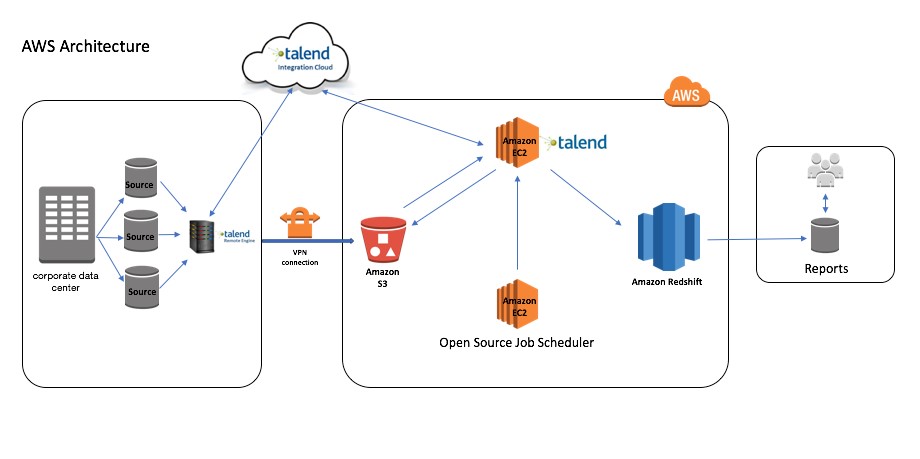AWS Database Blog
Tag: DMS
Debugging Your AWS DMS Migrations: What to Do When Things Go Wrong (Part 1)
This post walks you through a troubleshooting flow chart to help you understand what could go wrong with migrations using AWS DMS, and it discusses best practices for debugging your AWS DMS migrations. This process involves creating the required AWS DMS components—like the replication instance, source and target endpoints, and the replication task to migrate data from the source endpoint to the target endpoint.
Automating AWS DMS Migration Tasks
This blog post gives you a quick overview of how you can schedule migration tasks for the purpose of automating your migration. You create these tasks by using the AWS Database Migration Service (AWS DMS) and using native operating system tools for either Linux or Microsoft Windows.
Introducing Amazon S3 and Microsoft Azure SQL Database Connectors in AWS Database Migration Service
We are excited to announce the addition of two new database connectors in AWS Database Migration Service (AWS DMS)—Amazon S3 as a source and Microsoft Azure SQL Database as a source. You can now migrate data from these two new sources to all AWS DMS supported targets. Amazon S3 as a source You can now […]
Replicating Amazon EC2 or On-Premises SQL Server to Amazon RDS for SQL Server
Amazon RDS for SQL Server is a managed Microsoft SQL Server database service that makes it easy to set up, operate, and scale SQL Server deployments in the cloud. Amazon RDS takes away the time-consuming database administration activities so that you can focus on your schema design, query construction, query optimization, and building your application. […]
Migrating a SQL Server Database to a MySQL-Compatible Database Engine
This post provides an overview of how you can migrate your Microsoft SQL Server database to a MySQL-compatible database engine such as Amazon RDS for MySQL, Amazon RDS for MariaDB, or Amazon Aurora MySQL. The following are the two main parts of a database migration: Schema conversion: Converting the schema objects is usually the most […]
Using Amazon Redshift for Fast Analytical Reports
With digital data growing at an incomprehensible rate, enterprises are finding it difficult to ingest, store, and analyze the data quickly while keeping costs low. Traditional data warehouse systems need constant upgrades in terms of compute and storage to meet these challenges. In this post, we provide insights into how AWS Premier Partner Wipro helped […]
Using AWS Database Migration Service and Amazon Athena to Replicate and Run Ad Hoc Queries on a SQL Server Database
Prahlad Rao is a solutions architect at Amazon Web Services. When you replicate a relational database to the cloud, one of the common use cases is to enable additional insights on the replicated data. You can apply the analytics and query-processing capabilities that are available in the AWS Cloud on the replicated data. To replicate […]
Categorizing and Prioritizing a Large-Scale Move to an Open Source Database
July 2023: This post was reviewed for accuracy. The AWS Schema Conversion Tool (AWS SCT) and AWS Database Migration Service (AWS DMS) are tools that help facilitate and simplify migrating your commercial database to a variety of engines on Amazon RDS. AWS SCT specifically helps simplify proprietary database migrations to open source. It does this by automatically […]
Integrating Teradata with Amazon Redshift Using the AWS Schema Conversion Tool
David Gardner is a solutions architect and Pratim Das is a specialist solutions architect for Analytics at Amazon Web Services. Teradata provides long-standing data warehouse solutions, with many customers and applications running on its platforms. As companies migrate to the cloud, they are using Amazon Redshift as part of their cloud adoption. Recently AWS announced […]
Database Migration Gaining Momentum
Ilia Gilderman is a senior software development manager at Amazon Web Services. Only five months have passed since our most recent post, in March 2017, about the momentum of AWS Database Migration Service (AWS DMS). So far, we’ve watched our customers migrating over 35,000 unique databases to AWS using AWS DMS. Here is a quick […]









